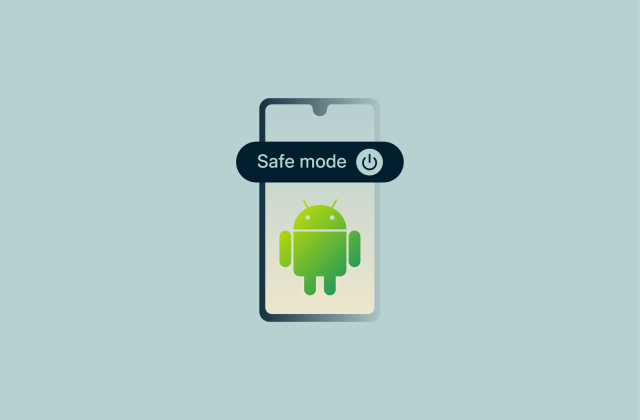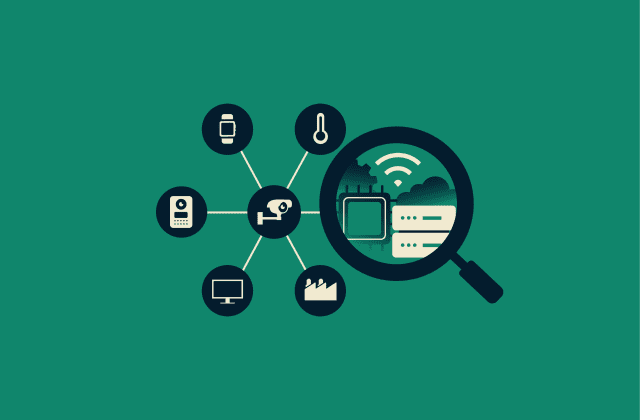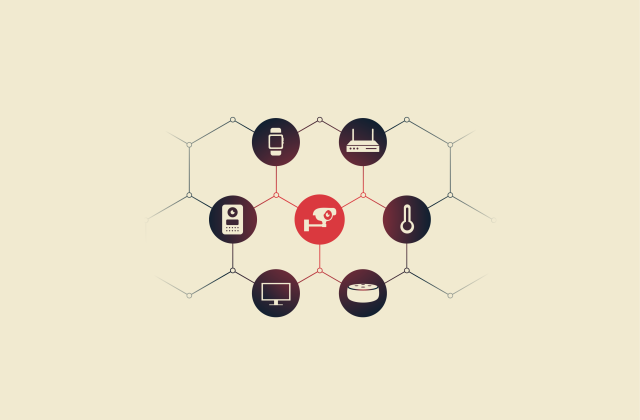Internet infrastructure: What it is and how it works
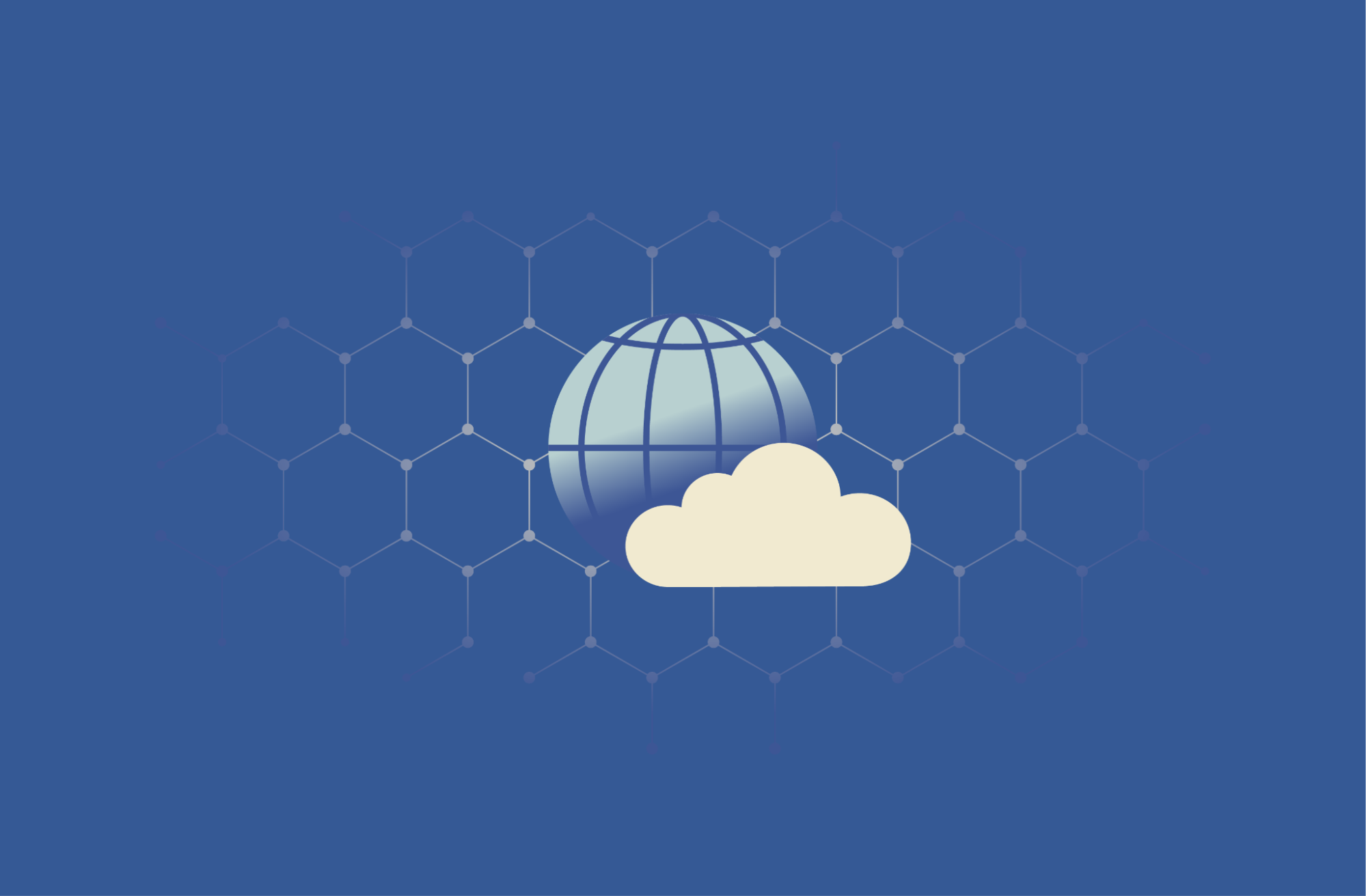
The internet feels so simple: you tap a screen, click a mouse, and enjoy a whole world of information and connections, right there at your fingertips.
Behind the scenes, however, the internet is anything but straightforward. It’s held together by a complex, interconnected web of elements, from fiber optic cables to network protocols. This guide takes a look behind the curtain, exploring the fascinating world of internet infrastructure.
What is internet infrastructure?
“Internet infrastructure” is the collective term for all the core systems and pieces of equipment and software that make the internet what it is. It allows networks to form and devices around the globe to communicate with one another.
The infrastructure is made up of a whole web of technologies, arranged into layers. There’s the physical layer, comprised of hardware like cables, satellites, and network devices that handle signals (like switches and routers), and then there’s the digital or logical layer, which includes software and protocols.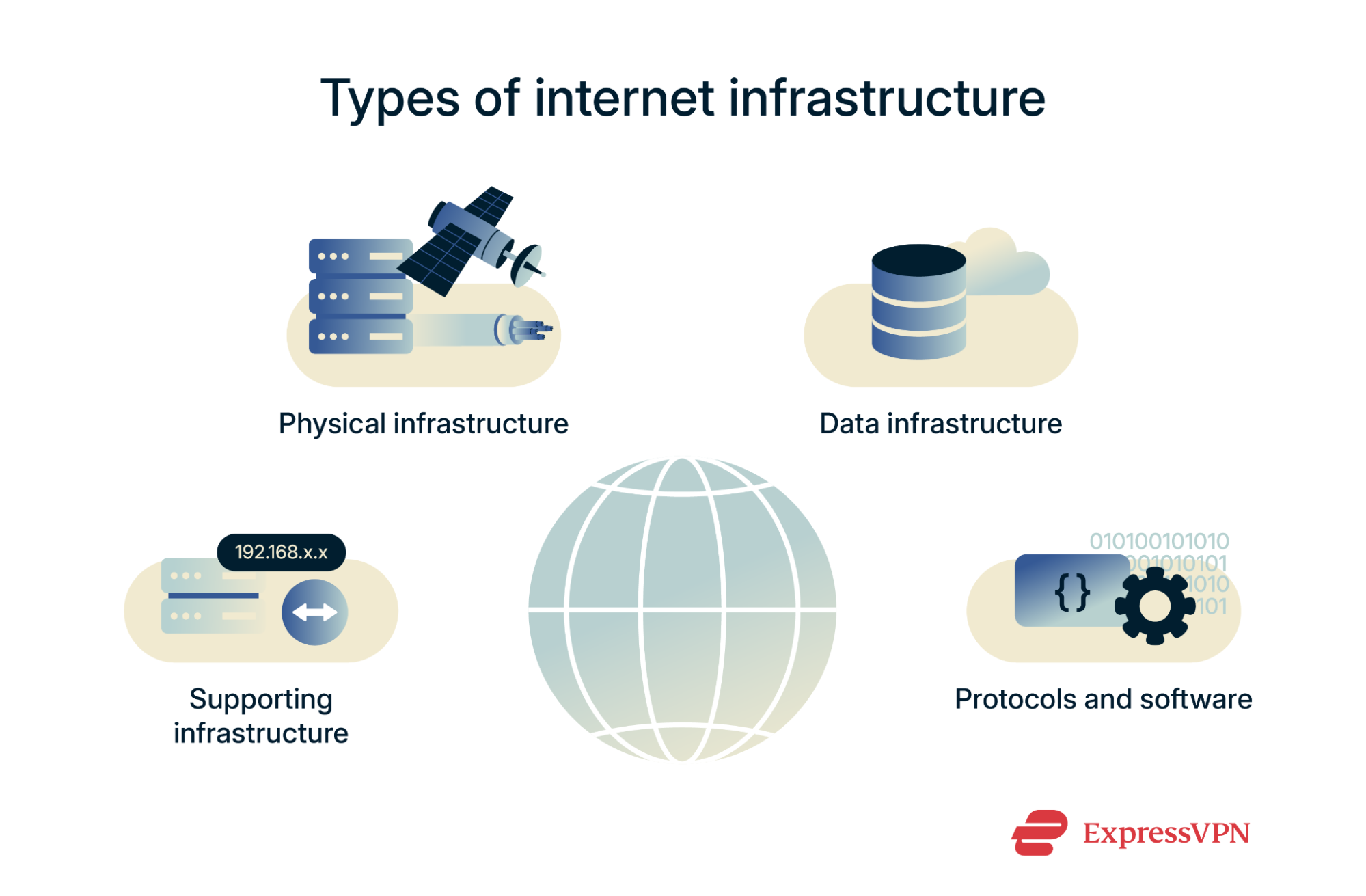
Together, these layers and the many components that make them up combine to create the extraordinary system we know as the internet, powering the connections that allow the average person to grab their smartphone or power up their PC and access a world of information, entertainment, and communication.
Internet infrastructure vs. network infrastructure
Network infrastructure and internet infrastructure are closely linked, with a lot of overlap between the two categories. While they both involve the physical and virtual systems that allow devices to connect, network infrastructure is the broader term, concerning all of the components needed to establish networks of any kind.
Internet infrastructure, on the other hand, is a subset of network infrastructure, focusing purely on the components that form the internet itself.
Types of internet infrastructure
There are numerous forms and categories of internet architecture and infrastructure, such as:
- Physical infrastructure: The physical components that make up internet infrastructure include the likes of submarine cables, fiber optics, servers, satellites, and cell towers, all of which facilitate the flow of data from point A to B.
- Data infrastructure: The internet is, in essence, all about the flow of data between servers and clients. Data centers house the servers that store that data, so it can be accessed on-demand by clients as and when they want it.
- Protocols and software: Protocols and standards are the rulesets or guidelines of the internet. They control how programs and devices interact and communicate, and they have a big impact on the overall security and reliability of the internet.
- Supporting infrastructure: There are also supporting pieces of internet infrastructure that have more specific parts to play, like the Domain Name System (DNS) and internet exchange points (IXPs).
Core network vs. edge network
We can divide internet infrastructure in numerous ways, with two possible categories being “core” and “edge.”
Core network infrastructure is sometimes referred to as the internet backbone. It’s made up of the biggest data centers, the fastest fiber-optic and undersea cables, and the most significant IXPs. It carries the bulk of online traffic long distances, spanning countries and even continents.
Edge network infrastructure, meanwhile, is more like the “outer layer” of the internet. It’s made up of smaller but still significant pieces of infrastructure that are physically closer to the end user, like mobile towers, regional data centers, and local internet service providers (ISPs). Its role is to carry data and traffic the final distance to user devices quickly and efficiently.
Components of internet infrastructure
Next, let’s dig a little deeper into the aforementioned types of internet infrastructure, exploring some of the most critical elements in greater detail.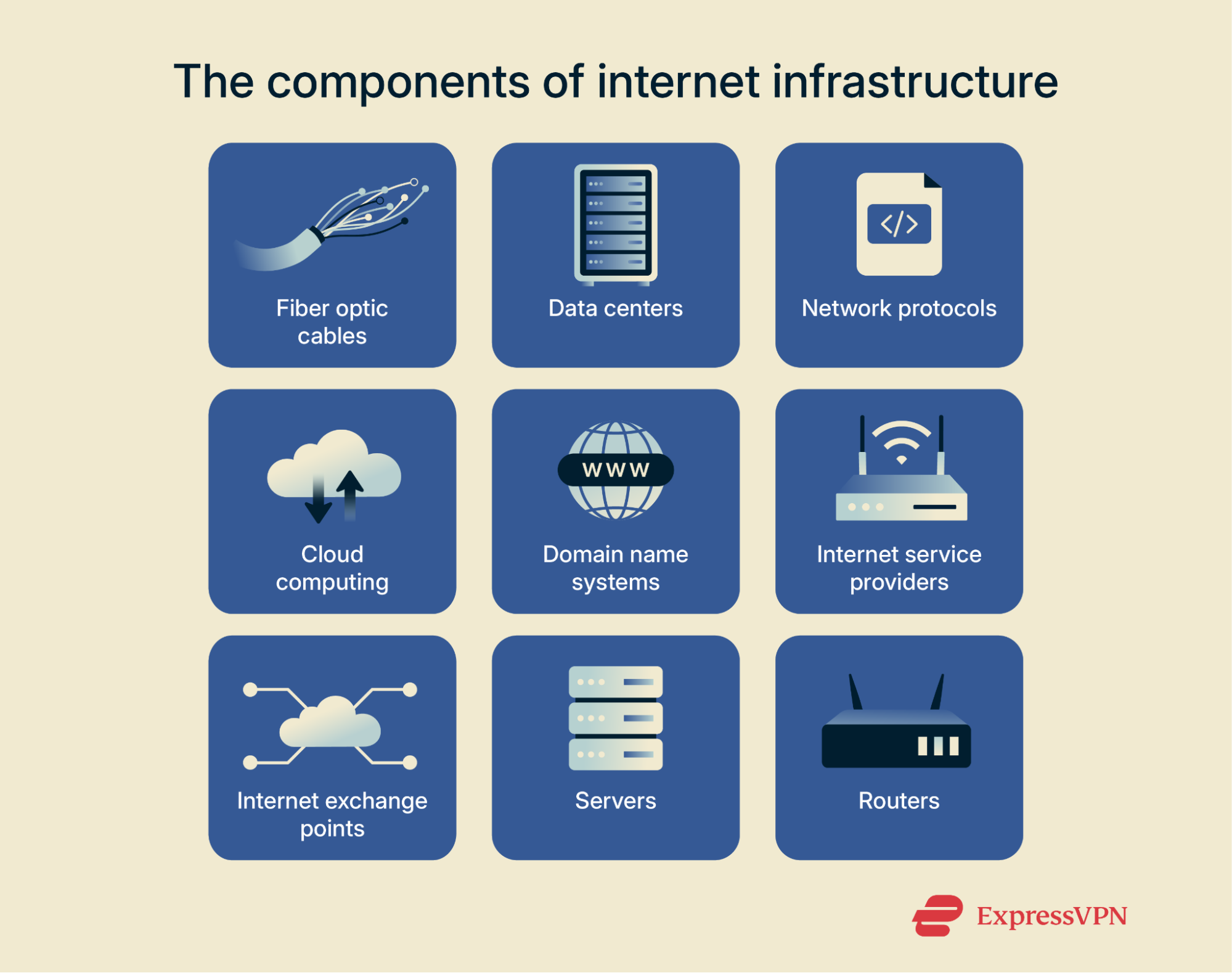
Fiber optics in internet infrastructure
If the internet were a human body, fiber optic cables would be the arteries and veins, funneling data wherever it needs to be. They are absolutely crucial pieces of internet infrastructure, and there are hundreds of thousands of miles of these cables stretching out across the earth today.
How fiber optics work
At a basic level, fiber optic cables use light, rather than electricity, to transmit data from one place to another. Each cable is comprised of very fine strands of glass or plastic fibers and divided into two main parts: the core, or central area that carries the light, and the cladding, which is the outer layer surrounding the core and helping to keep data, in the form of light, inside the cable.
To send a piece of data through a fiber optic cable, the information is first converted into digital signals, or sequences of 1s and 0s. A special transmitter then converts those signals into light pulses, which pass through the fiber optic cable, reflecting along the fibers without escaping thanks to the cladding that surrounds them.
The light (data) moves incredibly fast, reaching speeds of 2 × 10⁸ m s⁻¹ (about two-thirds the speed of light in vacuum). Once it gets to the other end, there’s a detector that receives the pulses and converts them back into electronic signals. They can then be decoded and presented to the end user in a readable or comprehensible format.
There are numerous advantages to using fiber optic cables in internet infrastructure. Firstly, they’re fast and capable of transmitting lots of data in fractions of seconds, even across huge distances. They’re also less likely to be affected by disturbances like electromagnetic interference or crosstalk than conventional copper cables.
Submarine cables
Fiber optic cables don’t just stretch across land. They cross water, too. Submarine cables, also called undersea cables, are bundles of fiber optic cables that carry international data traffic under oceans and seas. Some of these cables stretch thousands of miles, and the vast majority of internet traffic (over 95%, to be exact) passes through these cables.
They generally work just like regular fiber optic cables, converting data into light pulses and then sending that light from one point to the other. But there are a couple of differences, like the fact that these cables tend to have additional protective outer layers to help them withstand the rugged undersea environment.
Since they travel such long distances, undersea cables usually also pass by signal boosters, which are stationed at set intervals along the length of the cable to “refresh” the signal so that data doesn’t get lost en route. Once the cable emerges onto land, it usually passes into a landing station before connecting with land-based cable networks.
Operational aspects of data centers
Data centers are the places that house servers and storage devices for the vast reams of data needed to keep the internet operational. They also include networking equipment like switches and routers, large power systems and generators, and cooling systems to keep all this hardware from overheating.
The role of data centers in the larger scope of internet infrastructure is complex and multifaceted. It involves:
- Bandwidth management: Data centers adjust network capacity to ensure internet traffic flows smoothly so that users experience fast and consistent connections.
- Load balancing: Centers distribute incoming requests across multiple servers in a balanced way to minimize the risk of individual servers being overloaded or other resources being exhausted.
- Redundancy handling: Data centers typically have backup systems in place so that they can keep operating even during technical faults and failures. This minimizes downtime and keeps sites and services online and accessible as far as possible.
Security is a big part of data center operations, too. Given the huge amounts of sensitive data they handle, they require both physical and digital defenses. Centers often have guards, security cameras, and biometric scanners, along with firewalls and encrypted systems to keep the data safe.
The role of cloud computing
Cloud computing is one piece of internet infrastructure that has grown in prominence in recent years and changed the way that data is stored and transmitted. It uses cloud-based servers and computing resources, like storage systems and even software, that are available over the internet. This removes the need for users to have their own physical servers and hardware.
Through cloud computing, new fields of internet service have emerged, like Software-as-a-Service (SaaS). The cloud is also famous for its remarkable scalability of resources and flexibility, supporting businesses in numerous ways in fields like remote work, collaboration, and more.
Protocols and software infrastructure
Along with the physical elements, there’s a huge virtual layer of internet infrastructure, made up of software programs and protocols. These are like rulesets that tell devices and programs how to interact and communicate.
Some of the most important protocols include:
- Internet Protocol (IP): IP gives every device its own unique IP address, which is a series of numbers used to identify devices.
- Transmission Control Protocol (TCP): TCP controls the flow of data, ensuring it goes where it needs to go, as well as detecting and retransmitting any data packets that might get lost or corrupted en route.
- User Datagram Protocol (UDP): UDP is a simpler, faster alternative to TCP. It sends data without waiting for confirmation that it arrived, which is useful for applications where speed matters more than guaranteed delivery.
- HyperText Transfer Protocol Secure (HTTPS): This protocol encrypts data and authenticates websites, helping to make the internet a safer place for users.
Internet service providers (ISPs)
ISPs are the companies that provide access to the internet to individuals and businesses around the world. There are many of these companies all over the world, and they, too, are crucial in the wider web of internet infrastructure; they unlock the doors to the internet and all of its services for people to walk through.
ISPs can be split into different groups, or tiers. Tier 1 ISPs sit at the top and own and operate large parts of the internet backbone. At the other end of the spectrum are tier 3 ISPs, which mainly operate locally or provide “last-mile” delivery of internet services. In the middle sit tier 2 ISPs, which tend to serve specific countries or regions.
Domain Name System (DNS)
The DNS is another valuable piece of the internet machine. It’s often referred to as the “Internet’s phone book,” and its role is simple: it converts human-readable website names that you type into your web browser address bar, like www.expressvpn.com, into the numerical IP addresses that computers and other devices actually use to locate each other on the internet.
Every time you type an address in a browser and hit the “Enter” key, the DNS plays its part. It’s made up of various components, like root DNS servers, which direct DNS queries to more specific top-level domain names. These then find the right DNS server for each domain and deliver the corresponding IP address back to your device so you can access the site you want.
Internet exchange points
Internet exchange points (IXPs) are physical locations where various internet infrastructure companies, like ISPs and content delivery networks (CDNs), connect with one another. They’re typically situated at the edge of networks and contain network switches that control the flow of traffic between the member networks.
If IXPs didn’t exist, intermediary networks called transit providers would have to carry traffic from its source to its destination. This does happen in many cases, but IXPs can bring benefits to ISPs by easing the transit process, saving companies money, and improving performance metrics such as latency.
Importance of internet infrastructure
Without internet infrastructure, the internet wouldn’t function. It’s as simple as that. All the online services and experiences we know and love would not exist, from social media platforms and email inboxes to smart technologies and remote work. Internet infrastructure powers the services that keep the world connected.
Economic impact
Modern economies depend on the internet for growth and prosperity. So much business happens online now, an increasing number of businesses employ remote or hybrid workers, and entire industries, like e-commerce and SaaS, have emerged entirely thanks to internet infrastructure. Countless jobs are also reliant on the internet in some way or another.
Internet availability can affect growing and emerging economies, too. A World Bank study found that just a 10% increase in broadband penetration is enough to trigger 1.38% of GDP growth in developing nations.
Social connectivity
Obviously, internet infrastructure plays an enormous role in social connectivity, bringing people together from around the world. Through the internet, physical distance is no barrier to communication; two people on opposite sides of the world can chat and interact in an instant. This has completely changed the way people come together in the decades since the internet first emerged.
Communication trends enabled by infrastructure
Many modern-day communication trends and habits that we take for granted come courtesy of internet infrastructure, like:
- Always-on communication: Thanks to strong mobile internet infrastructure, like 4G and 5G technology, people are always connected no matter where they go.
- Social media: Instagram, Facebook, TikTok, and the many other social media apps are all powered by internet infrastructure.
- International collaboration: Cloud-based business tools allow teams from completely different countries or continents to effectively work side-by-side in cyberspace.
- Streaming and video calling: Internet infrastructure allowed the world to evolve from simple voice calls to live video conferences, streams, and high-definition, real-time interactions.
Real-world examples of internet infrastructure
Some of the biggest names in internet infrastructure today include:
- Equinix: Owns and operates 270 data centers in dozens of countries around the world.
- Meta: Part-owner of more than a dozen large submarine cable systems.
- Alphabet: Owns or co-owns numerous international cable links.
- Arelion: A leading internet backbone company specializing in IP transit.
- Alcatel Submarine Networks: One of the leading submarine cable companies.
These companies, among others, operate and control the internet backbone that makes up a significant part of internet infrastructure.
Challenges and future of internet infrastructure
As this guide has shown, keeping the internet up and running to allow billions of devices and users to connect with one another from across the world is not easy. It involves multiple layers of highly advanced technologies, all existing in a delicate ecosystem that is constantly changing.
Current challenges
The internet might feel fast and fluid when you use it, and internet infrastructure is continuously getting faster, stronger, and better in many ways. But it’s not perfect or problem-free. Here are some of the numerous challenges.
Infrastructure reliability and maintenance
As explained above, large parts of internet infrastructure are physical, like fiber-optic cables, data centers, servers, and so on. Physical devices and pieces of equipment like these are always subject to damage and degradation over time. Cables can break or fray due to natural disasters like earthquakes, and connections can be disrupted by power outages or hardware faults and failures.
Security and privacy
Unimaginable amounts of data flow across the internet each day. A lot of that data falls into the personal or sensitive categories and has to be handled with the utmost care. Relevant pieces of internet infrastructure must be secure and safe against not just physical tampering or interference but cyberattacks as well.
Capacity and demand
The rise of the global population means there are also more devices, and more devices means more traffic and heavier data loads for sites and servers to handle, especially with the rise of the internet of things, plus more data-intensive online services like gaming and streaming. Internet infrastructure has to constantly adapt to meet these increasing levels of demand.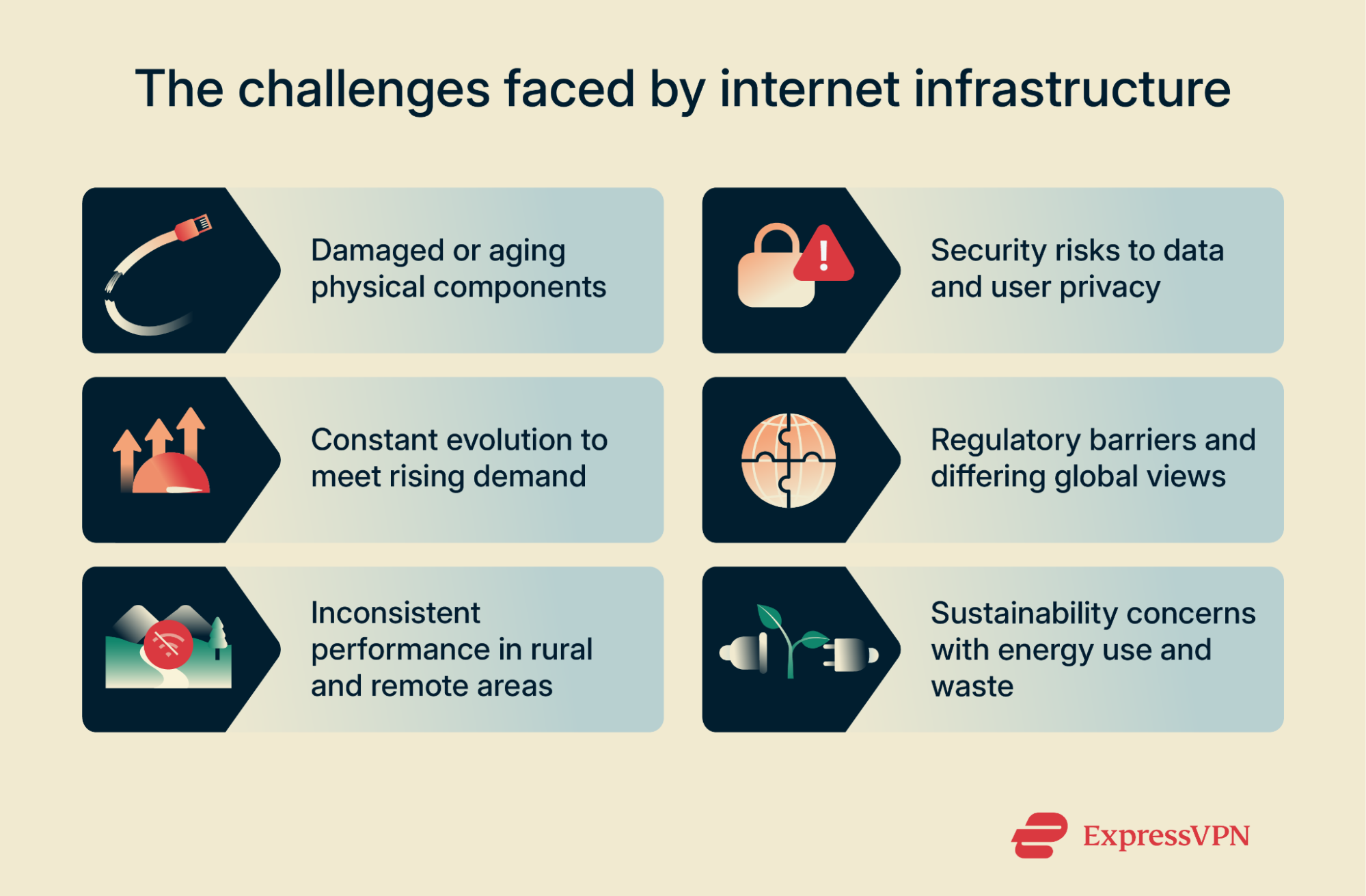
International regulations
The internet is global, but different countries have their own ideas about how it should all work. Some governments are relatively liberal regarding internet services, while others are much stricter, blocking access to certain sites and services. As such, there are countless legal and regulatory hurdles to jump over when it comes to configuring internet infrastructure, as well as ethical dilemmas around concepts like net neutrality and censorship.
Variable performance
Despite all the advancements in modern internet infrastructure technology and the far greater download and upload speeds afforded to many users today, internet performance levels still vary massively. Some parts of the world struggle with weak levels of coverage and slow speeds, and geographic barriers like mountains and bodies of water can make it hard to provide stable service in certain places.
Sustainability and ecological issues
There are environmental challenges associated with internet infrastructure. Data centers account for around 1% of global electricity consumption, rising to 2%–4% in large economies and even higher in some nations and regions. This is likely to increase in the future, putting a possible strain on the energy sector. Networking equipment also generates lots of electronic waste.
Emerging trends in internet infrastructure
Internet infrastructure isn’t a fixed entity. It’s always evolving, with new protocols, emerging hardware, and more. The future could see some dramatic changes to how the framework of the internet functions, accelerating communications and surpassing the systems that have been in place for many years. Here’s a closer look at two of the biggest trends.
5G and beyond
Mobile internet infrastructure has improved exponentially over time, with multiple successive generations of wireless technology, from the initial 1G up to the most recent 5G. 5G, or “fifth generation,” offers the fastest speeds and lowest latencies of mobile internet up to this point.
Yet 5G is not an endpoint; it’s simply the latest stop on a long road toward progressively faster and more powerful mobile broadband capabilities. Work is already underway on 6G technology, which could deliver even faster speeds and sub-millisecond latency, opening up new use cases and opportunities.
7G and successive generations are likely to follow, with even greater levels of performance. Future mobile internet infrastructure may also merge with other emerging technologies, like AI, machine learning, and edge computing.
Satellite mega-constellations and their impact
Satellite mega-constellations could bring about seismic changes in internet infrastructure. They work completely differently from conventional infrastructure; instead of relying on fiber optic cables, undersea cables, and data towers, they use thousands of low Earth orbit (LEO) satellites. Well-known examples of these systems include Starlink and Amazon’s Project Kuiper.
LEO satellite systems bring numerous prospective advantages to the table. For example, they can deliver high-speed internet to locations that might not usually be able to enjoy it because of geographic challenges or limitations.
Satellite internet is also more resilient than conventional infrastructure. It can’t be damaged or disrupted by the same disasters that can jeopardize conventional network infrastructure, like floods, earthquakes, and storms. It can also be quickly deployed on demand where it’s needed.
However, there are some downsides to this technology. For example, many existing systems can’t match traditional internet infrastructure in metrics like speed and latency, although newer LEO constellations are narrowing some gaps (especially latency) and achieving high throughput. Additionally, satellite-based networks face unique cybersecurity risks and therefore require robust protection.
FAQ: Common questions about internet infrastructure
What is network infrastructure?
Network infrastructure is the collective term for the various pieces of hardware, software, and services that form the foundation of computer networks. It can include, but is not limited to, routers, switches, network protocols, network management systems, and security software. It’s the backbone of connectivity and is crucial for digital communications.
What is internet infrastructure called?
There are many terms associated with internet infrastructure. A common one is “internet backbone,” which simply refers to the core pieces of internet infrastructure: large, high-capacity networks and the fiber-optic cables and powerful routers that connect them.
How does internet infrastructure impact daily life?
In simple terms, it’s thanks to internet infrastructure that we have the power to go online, to communicate with people on the other side of the world in an instant, to bank and shop from home, to have social connections on our phones and computers, to work online, and to access news and information with a tap or a click.
How can I improve my understanding of internet infrastructure?
It depends on your existing levels of knowledge and understanding. Beginners can start with the basics, learning about the main types of internet infrastructure and the various layers it’s separated into. Those with more pre-existing knowledge can refine their understanding by digging into the concepts that they’d like to learn more about, using resources like expert blog posts, video guides, and online courses.
Take the first step to protect yourself online. Try ExpressVPN risk-free.
Get ExpressVPN




